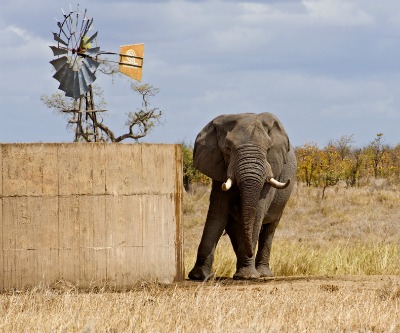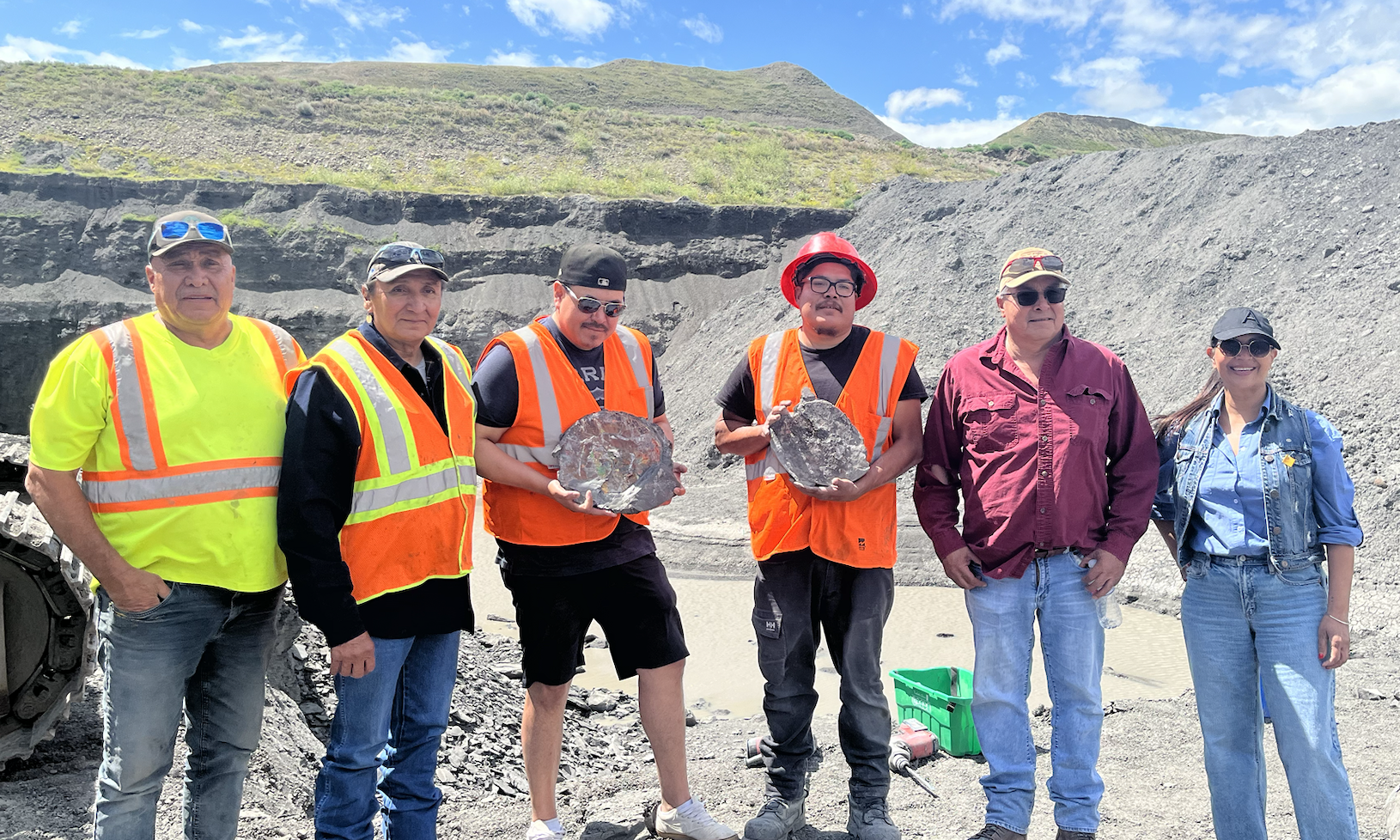New study says acid drainage from coal mines ‘devastating’ South Africa’s rivers

BusinessLive reports that while acid mine drainage from disused gold mines in the Johannesburg area of South Africa is well documented, according to a new study AMD from nearly 6,000 abandoned mines is acidifying rivers and streams, raising metals levels and killing fish.
The study by World Wide Fund for Nature SA and the Council for Scientific and Industrial Research showed that South Africa’s heavy dependence on coal for electricity had a “devastating” effect on the country’s water resources, particularly in light of the fact that only 12% of the country’s land area generated 50% of the country’s river flow. The most affected river was the Olifants which flows through the Kruger National Park.
South Africa is the world’s no. 5 coal exporter and according to the study there are nearly 6,000 abandoned mines in the country.
MingingWeekly reports prospecting rights for coal mining were being issued in the headwaters of sensitive catchments. Almost 25% of the 1.6-million hectare Enkangala grasslands and Olifants catchment – the focus of the study – was under threat with the ever-increasing demand for prospecting and mining rights in the area where coal mining dates back to the 1890s.
BusinessLive reports in 2001, mine water use in the Olifants river catchment amounted to an average 4.6%, but it contributed about 78% to the total sulphate load, affecting farmers, local residents in the catchment areas and tourists and the wildlife in the Kruger National Park, the report said.
MINING.com reported earlier this month thousands of people face evacuation from greater Johannesburg in the Gauteng province – the economic heartland of South Africa – due to toxic sludge from abandoned gold mines laced with high radiation levels.
Acid mine water, the result of groundwater flowing through underground shafts, is decanting from an old uranium mine and rising by half a metre a day beneath the city of 7 million people. Mass evacuation of informal settlements is one of several recommendations in a government-commissioned plan drafted in June to deal with 380 acid mine dumps – many of them radioactive.
Uranium is often mined as a byproduct of gold in South Africa and it is estimated that some 800 kilometres of tunnels exist underneath Gauteng left over from more than century of underground mining.
More News
{{ commodity.name }}
{{ post.title }}
{{ post.date }}

Comments
allritejack
As always, any “Green” study has to be read with some circumspection as an agenda is always being followed and facts have to take a back seat. Yes there is a legacy from coal mining in the Olifants. This is due to a lack of recognition of environmental concerns over many decades prior to the 1980’s or so. The fact that South Africa is rightly using its most effective resources that benefit this relatively impoverished country is the correct practice.
The concern today is that the ample laws in effect to control pollution are effectively applied. Further pollution of the rivers can then be avoided and the nation can get power from the most economic source, which is demonstrably coal.